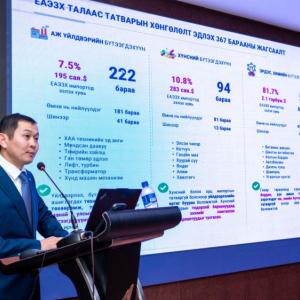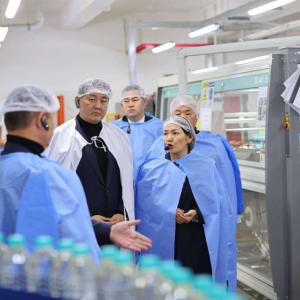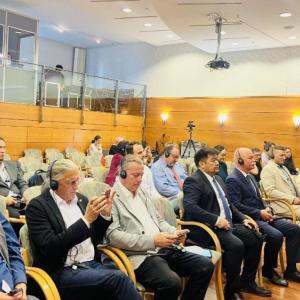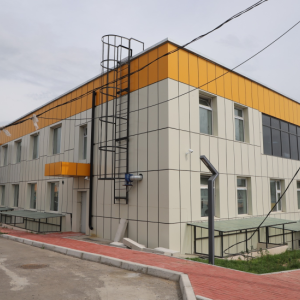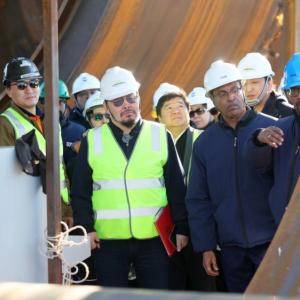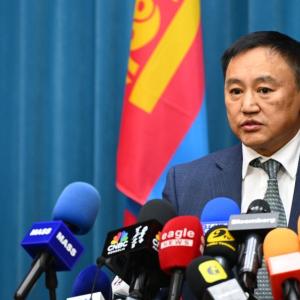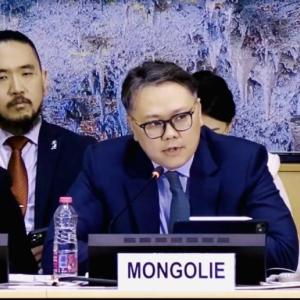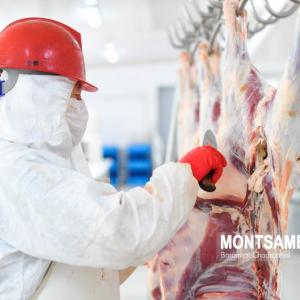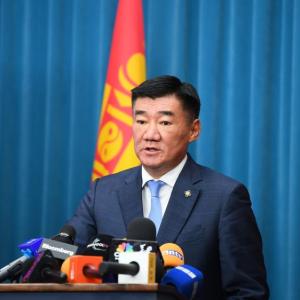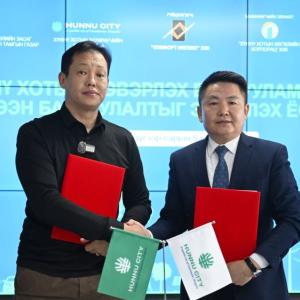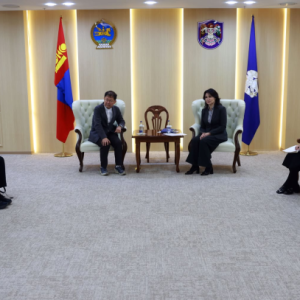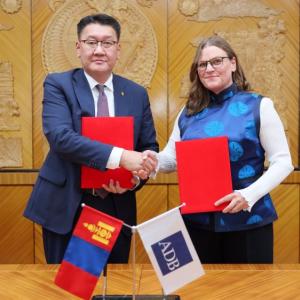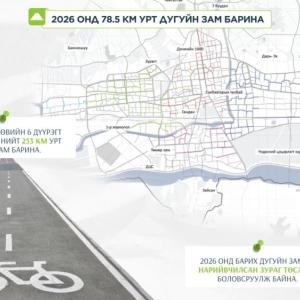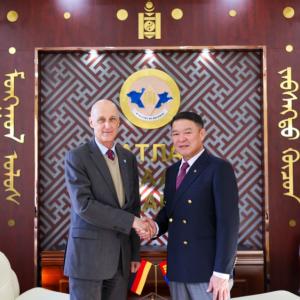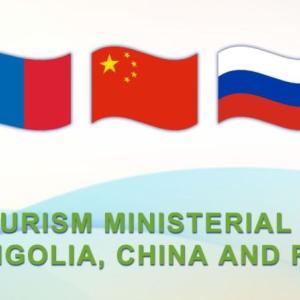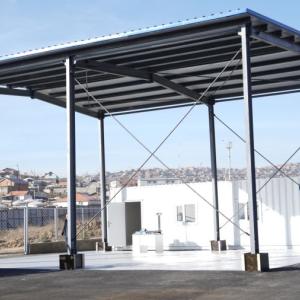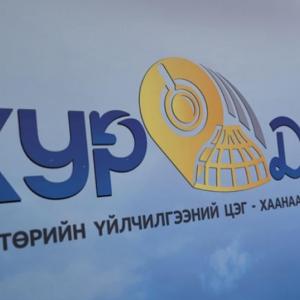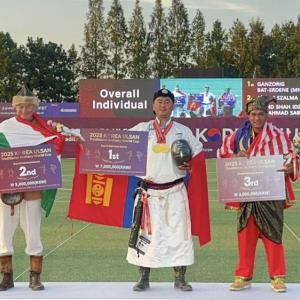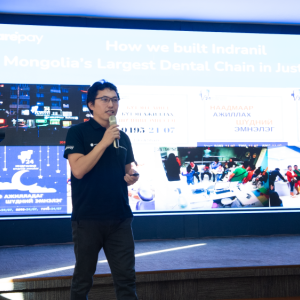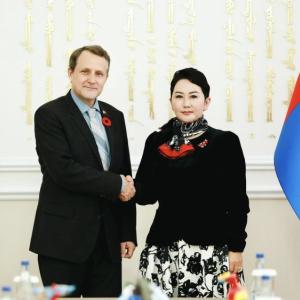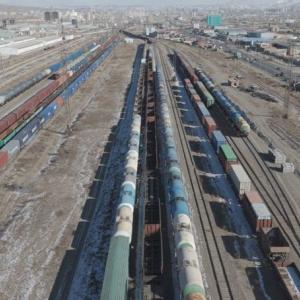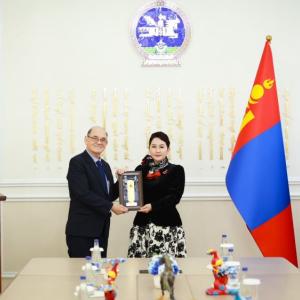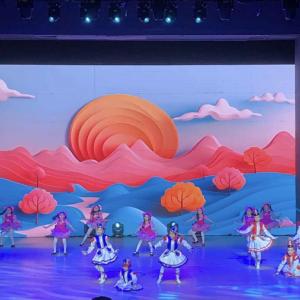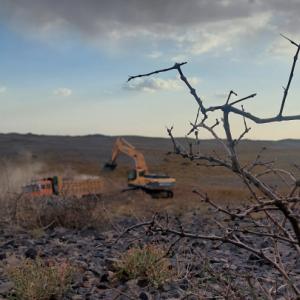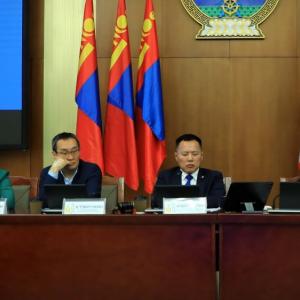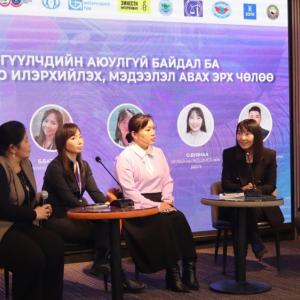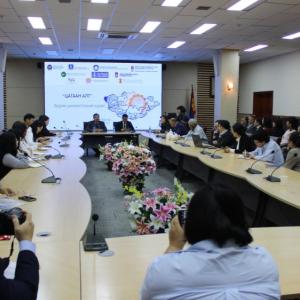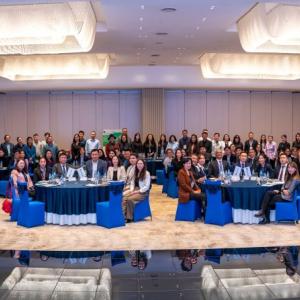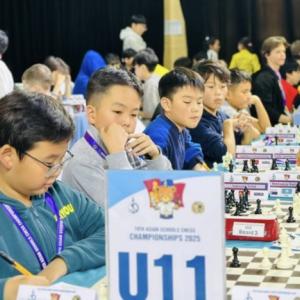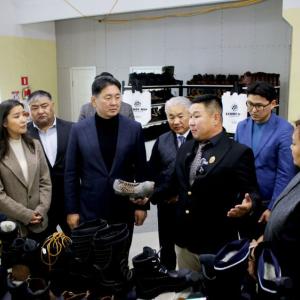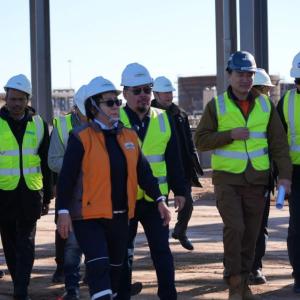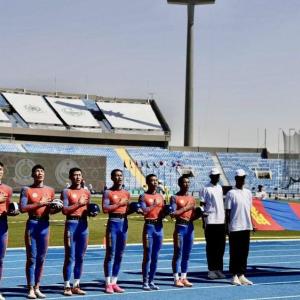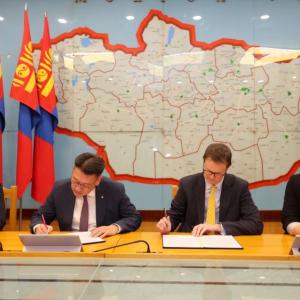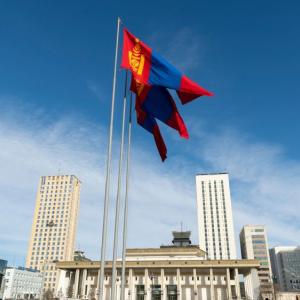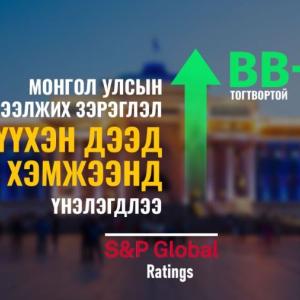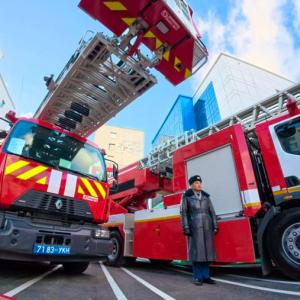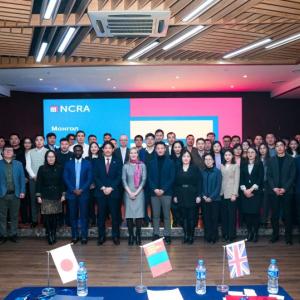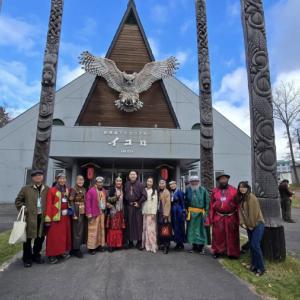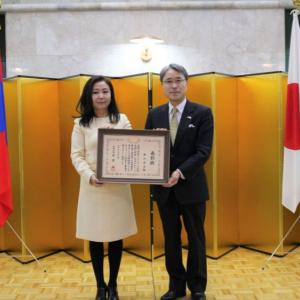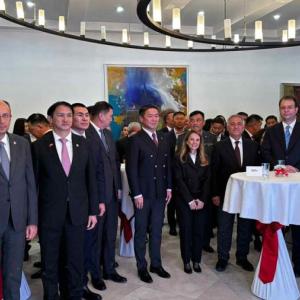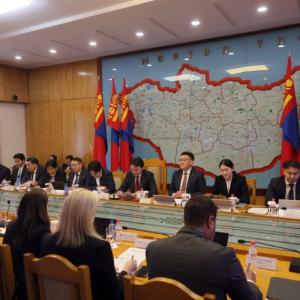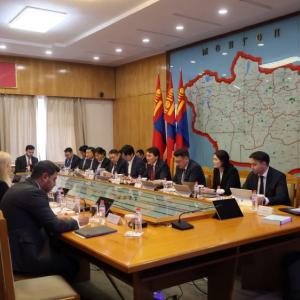Mongolia-China relations: Joint creation of values and shared benefits
The Mongol Messenger
On the occasion of the 70th
anniversary of the establishment of diplomatic relations between Mongolia and People’s
Republic of China and the 25th anniversary of the renewal of the Treaty on Friendly Relations and Cooperation
between the two countries, President Kh.Battulga paid a state visit to
China at the invitation of his Chinese counterpart Xi Jinping. During the
visit, the sides reviewed the progress in bilateral relations since the
establishment of diplomatic relations and defined principles of future
cooperation.
High-level visits are
classified by levels as working, official and state visit. The state visit of
President to China coinciding with significant anniversaries will be a
highlight in the history of bilateral relations. Previously, Mongolian
Presidents made state visits to China in 1998, 2004, 2010 and 2015.
This time, the heads of
states officially met for the third time. Before, they met in 2018 during
Shanghai Cooperation Organization Summit held in Qingdao on June 9-10 and the
Eastern Economic Forum held in Vladivostok on September 12.
The visit was organized at a
high level with the Chinese side warmly welcoming President Kh.Battulga. On the
first two days of his visit, President made a state visit and on the remaining
two days he attended the Second Belt and Road Forum for International
Cooperation.
Among
delegates of about 150 countries gathered to attend the forum, there were heads
of state and government of 37 countries. Along with the Mongolian President,
leaders of five countries paid state visits to China few days earlier than the
forum. Organizing the state visit just before the major international
conference shows that China is giving great importance to its relations with
Mongolia.
During the
meeting, Kh.Battulga and Xi Jinping concluded that the bilateral relations have
reached comprehensive strategic partnership, which is achievement of the last
70 years of cooperation. The heads of states also agreed to further develop the
partnership at all levels and intensify mutually beneficial cooperation.
Creating
values together and benefiting equally
President Kh.Battulga
emphasized that the long-standing friendly relations with China has been one of
Mongolia's diplomatic priorities, which was quoted by China’s state news agency
Xinhua. According to China Daily, the President also reaffirmed that Mongolia
supports the ‘One-China’ policy, noting that the issues related to Taiwan and
Tibet are China’s internal affairs.
President of China Xi
Jinping noted, “The two countries need to follow suitable political
orientation, develop cooperation in all fields, respect each other and develop
strategic partnership based on the principles of mutual trust. In the future,
the countries should organize regular bilateral visits and mutually respect the
fundamental interests of each other,” which was also quoted by China Daily.
Presidents of the two
countries agreed to take certain measures to create correlation between the
projects ‘Belt and Road’ and ‘Development Road’, maintaining the direction of
the relationship between Mongolia and China.
In the frameworks of the
trade and economic partnership, they came to the decision to pay more attention
to the productive and immediate implementation of the works funded by
non-refundable aid and loans granted to Mongolia by China as well as cooperating
in increasing the export of not only mining commodities, but also value-added
products--particularly agricultural products. For instance, President Xi Jinping expressed willingness to work
towards progress, by establishing a working group, in regard to proposals of
President Battulga concerning ban on meat export from the western region of
Mongolia to China and facilitating conditions for exporting agricultural
products from the western and eastern regions of the country to China.
Of the total of 20 agreements
signed during the state visit, the two presidents were present at signing
ceremony of eight agreements between governments and agencies. As for the cooperation
agreements between entities of Mongolia and China, the signing ceremonies took
place separately. It should be mentioned that the Government of Mongolia will
not be building new factories by taking loans, but instead, the entities of the
two countries will take on their own risks when building joint factories. For
instance, the Mongolian company, ‘Erdenes Steel’, signed an agreement to build
a coke and steel factory complex in partnership with the Chinese side. To be built
with a loan from a Chinese bank, the factory will have the annual capacity to
produce 10 million tons of steel, during which time of operation, the railway
between Zuunbayan and Tavantolgoi is expected to be available. Thus, the joint
factory will have the opportunity to sell their product at global market.
Furthermore, the ‘Gangar
Invest’ company made a deal with a Chinese bank to build an apartment complex,
while the company, ‘Moshea Eco Energy’, is also receiving the 50 MW solar power
plant equipment worth USD 65 million and the financing of USD 550 million for
Buuruljuut power plant through the loan agreement. The government will not make
guarantees, and all of the entities will be held responsible for their
agreements.
In connection, a new
principle was submitted during the state visit: ‘Let’s create new value, equally
sharing its benefits, and develop win-win cooperation’. In other words, it
means to reduce the amount of aids received by Mongolia, and cooperate and
create value rather than giving soft-loans and non-refundable aid.
However, it does not mean
that there will be no more support. During the visit of President Kh.Battulga,
the two sides signed the agreement for non-refundable aid of CNY 700 million to
Mongolia. The aid is the amount to be given for 2019 as a part of the
non-refundable aid of CNY 2 billion to be granted by the Chinese government.
Moreover, an important issue
was discussed during the meeting of the two presidents. Previously, the two
sides discussed many issues and agreed to implement various projects and
programs. It is a true fact that majority of the projects are not being
effectively implemented. For this reason, the two sides expressed their
opinions that after doing researches, the projects that can be actually implemented
need to be continued and those deemed cannot be done will be stopped
immediately.
Chinese side expresses to support ‘North
East Asian Super Grid’
During the official talks with President of the People’s Republic of China Xi Jinping, the Chinese side expressed to support the initiative of Mongolian President Kh.Battulga on establishing North East Asian Super Grid and its regional joint organization. This large-scale project can define Mongolia’s involvement in progress of regional integration.
Besides
coal, Mongolia has abundant resource of renewable energy. According to the
researchers, the country has potential to generate energy source with the
capacity of 2.6 terawatt using solar, wind, water and geothermal heat. In
particular, over ten percent of Mongolian territory has rich wind resource and
it is possible to produce 2.5 million GW energy with it. Mongolia also enjoys
270 sunny days a year. With its solar energy resource, Mongolian Gobi is in the
second place after the Sahara Desert. Therefore, there is opportunity to
produce energy using this abundant resource and supply energy to other
countries such as South Korea and Japan.
Mongolian
and Chinese sides reached mutual understanding on Mongolia’s initiative on
establishing joint organization of North East Asian Super Grid at this time
when Chinese authorities are talking about building global super grid.
President Kh.Battulga calls
upon participants of the Belt and Road Forum to actively participate and
collaborate in the super grid project, which will be implemented with public-private
multipartite partnerships of regional countries.
Mongolia’s involvement in ‘Belt and
Road’
In his remarks delivered at the Belt and Road Forum, President Kh.Battulga highlighted, “The 40 years of reform and development, transformed China into the second-largest economy in the world. I welcome the Belt and Road Forum’s principles of “extensive consultation, joint contribution, and shared benefits,” as it is a testament to how China is willing to share from its economic success. Surely, these principles are in harmony with the spirit of our times.”
During
his meeting with Chinese President Xi Jinping, President Kh.Battulga said that
Mongolia will correlate its ‘Development Road’ program with China’s ‘Belt and
Road’ Initiative and cooperate with China to develop Mongolia-Russia-China
Economic Corridor. During the 4th Meeting of heads of three
countries in Vladivostok last year, the President agreed with Russian President
V.Putin and Chinese President Xi Jinping to intensify the implementation of the
Economic Corridor Program.
One
of Mongolia’s important engagements that is harmonizing with the Belt and Road
Initiative is the Mongolia-Russia-China Economic Corridor. The main objective
of the Belt and Road Initiative is to build the infrastructure that links Asia with
Europe. Twenty percent of transit transport being made between China and Europe
are being passed through the railway of ‘Ulaanbaatar Railway’ Mongolian-Russian
joint venture. The Mongolian side is available to raise this percentage. During
the official talks of President Kh.Battulga and President Xi Jinping, the sides
touched this issue.
About
it, President Kh.Battulga said at the forum by mentioning that Mongolia has
achieved substantial results by developing its soft and hard infrastructures in
the past few years. “Specifically, we have successfully connected all the
provinces of our country through energy transmission lines, internet
communication networks, and around 6,000 kilometers of paved road. Starting
from this year, we will start intensifying the building of our railroads.
Utilizing our own resources to build our own infrastructure is a significant
challenge to us as Mongolia is the least densely populated country in the world
that accounts two persons per square kilometer,” he said.
Concluding his remarks,
President Kh.Battulga invited landlocked regional countries to gain access to
the Northeast Asian market by using the infrastructure being built by
Mongolians.
Caofeidian port- one of Mongolia’s gateways to the sea
After paying a state visit
to the People’s Republic of China and attending the Second Belt and Road Forum
for International Cooperation, President of Mongolia Khaltmaagiin Battulga
visited Tangshan City of Hebei Province to familiarize with the local
Caofeidian port.
Located in Tangshan City of
Hebei Province, at a distance of 220 km from Beijing and 120 km northeast of
Tianjin City, the port is part of the Bohai Economic Rim. It is an important
channel connecting the northern and northwestern regions of China with over 110
ports of 70 countries via the Pacific Ocean. Covering an area of 194 thousand
ha, the port is capable of shipping 410 million tons of cargo, including 250
million tons of coal, per annum. In 2017, the throughput of the port reached
370 million tons. The 97 docks of the port are used for coal (25), steel (41),
ore (6), and containers (10).
Mongolia and China established transit transport agreement in 2014, but Chinese side has not ratified it yet. However, with the 2014 amendment of the Mongolia-China Intergovernmental Agreement on the Access to and from the Sea and Transit Transport by Mongolia through China’s Territory, established in 1991, Mongolia’s use of sea ports in northern and eastern parts of China was authorized.
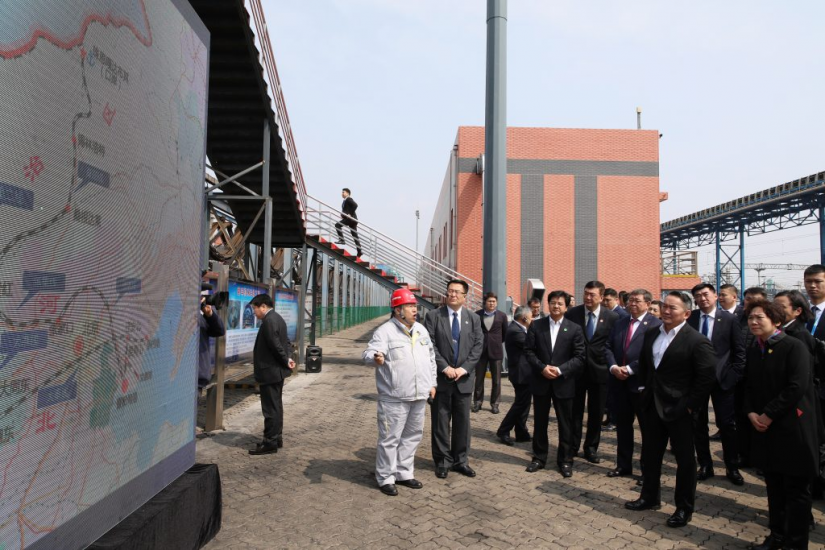
The Zamiin-Uud-Erlian land
port is directly linked to Caofeidian by rail, and there is an advantage of
avoiding rail traffic and high cost.
According to Z.Enkhbold,
Chief of Staff of the President, the coal must be washed to transport to
Caofeidian port. Therefore, coal of Tavantolgoi deposit will be washed at
Sainshand railway after it will be put into operation, and will be transported
to China visa Erlian land port. It is expected to put Khangi-Mandal railway
into operate in late 2020 and planned to transport coal and iron ore to
Caofeidian port by this railway. By doing so, ordinary freights only will be
transported through Zamyn Uud -Erlian port. The sides have been talking on
facilitating railway transport tariff since 2014. As President Kh.Battulga
said, he discussed this matter with Chinese President during his recent visit
and Chinese side expressed commitment to pay attention on tariff issues.
Besides,
Mr. Enkhbold mentioned that about transit transportation there is an issue
depending on Chinese side. Specifically, Mongolian side reported that freight
transportation is in traffic jam due to insufficient carrying capacity of
Erlian railway. This obstacle will disappear in case expansion work of 200km
Erlian-Jinin railway completes.
In
brief conclusion on the significance of the state visit, the sides reviewed
what advancements and changes had been in bilateral relations of the two
countries in the last 70 years since their establishment of diplomatic
relations. In addition, the parties defined through what principles the
countries would cooperate in the coming years.
B.Adiyakhuu
 Ulaanbaatar
Ulaanbaatar












